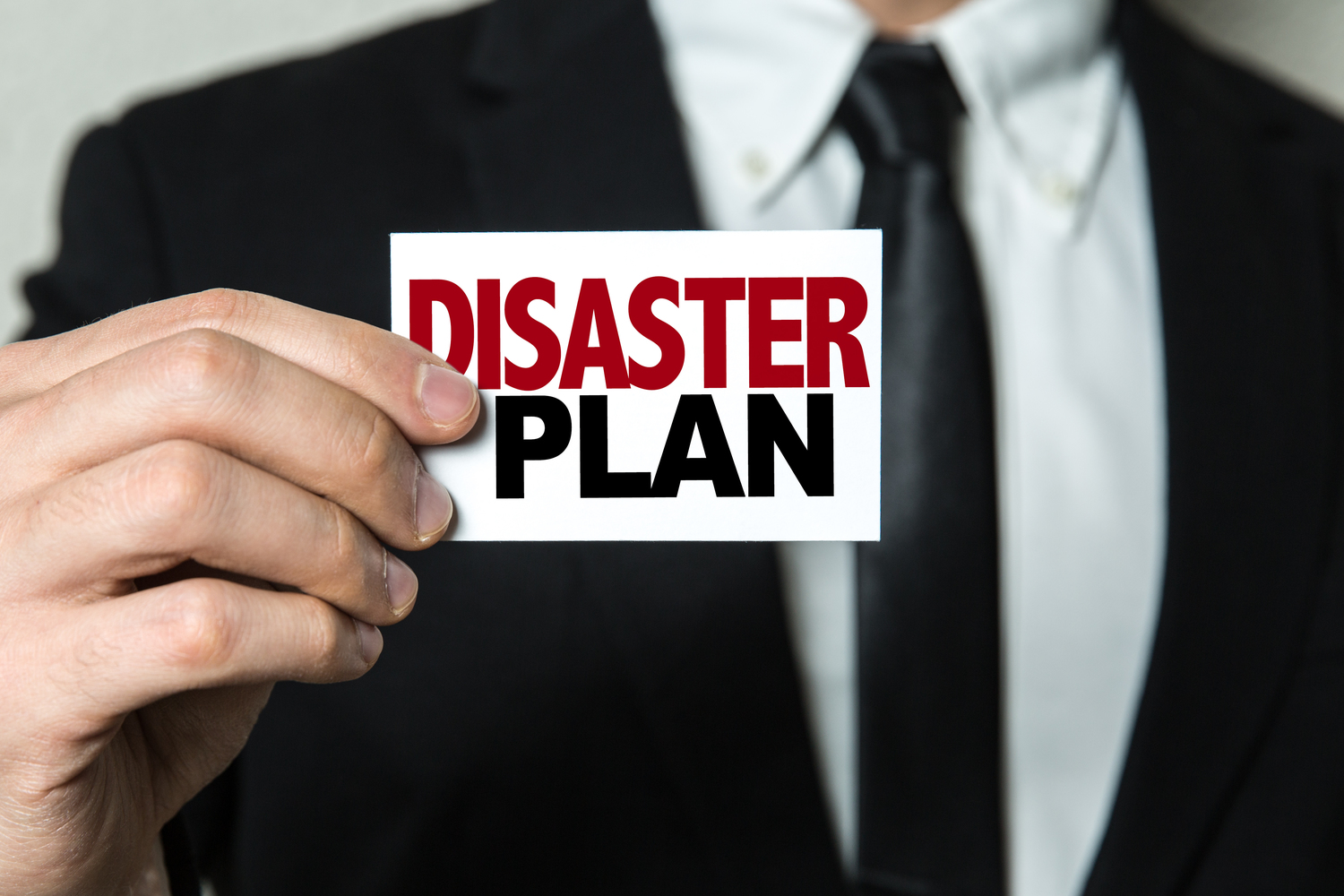
Disaster Recovery Preparedness Tips
When disaster strikes (natural or man-made) proper planning and practice are two things that can save your life in any emergency. Call a meeting, make your plans and then practice them occasionally. That is the best way to ensure everyone from the youngest to the oldest member of your group will know exactly what to do in a crisis and be able to avoid potentially deadly panic.
1. Consider location and specific needs
Whether your safety is threatened by severe weather that brings flood, fire, or tornado dangers, a successful plan should keep location firmly in mind. When you’re drafting a survival guide it’s important to consider individual needs as well as those for a group. For example, if you have a storm shelter:
- Is it stocked with enough water and non-perishable food to last for at least a week?
- Are there enough blankets and sleeping pads for everyone?
- If your shelter isn’t equipped with plumbing, do you have a portable toilet ready to use?
- If anyone in your group takes medicine that must be refrigerated do you have a dependable way to keep it cool?
2. Stay informed
Federal Emergency Management Agency’s (FEMA) has a mobile app able to provide accurate information when you need it most. This includes severe weather alerts, plus information on where to find help and shelter in your area. Power outages won’t affect your ability to stay current on the situation as long as you remember to keep your cell phone fully charged, and ready for use. You should:
- Make sure you’re on FEMA’s list to receive text and email alerts.
- Never miss an important message once you’ve enabled your cell to receive them via the Wireless Emergency Alert system.
3. Disaster plans are unique
Plans that focus on surviving a dangerous fire may not help much when it’s a tornado rushing towards you and not flames. Or plans for dealing with those two types of disasters may be useless in quickly rising flood waters. Basics may remain the same, but important details could be wildly different. For example, sheltering in a storm cellar or basement would be out of the question during severe flooding.
A small boat to get away from rising waters won’t help you escape a fire. If you need to evacuate and are cut off from normal routes, knowing all other alternate roads in the area could save your life.
4. Post disaster
Use social media and text messaging whenever possible for communication and save phone time for emergencies, especially if you have no access to power. Staying safe after the disaster is not as much of a struggle when you have planned well. Once immediate danger has past stay alert for important updates on the situation, and be prepared to deal with:
- Dangerous fallen power lines.
- Unsafe buildings. Don’t guess, let a professional tell you when an area is safe again.
5. Injuries
Many people survive disaster unharmed only to be injured during clean-up afterward. Including a pair of thick-soled shoes and puncture proof work gloves in your “survival kit” is a must for safety afterwards. Many people have been injured going into dangerous places searching for someone when that person was perfectly safe in another location. Survival plans should always include communication afterwards, but speaking to someone or trusting too much in online “message boards” could be chancy. Finding at least one or two physical areas everyone in your group would be able to reach and agreeing to meet in that location when communication isn’t possible helps avoid dangerous wandering.


